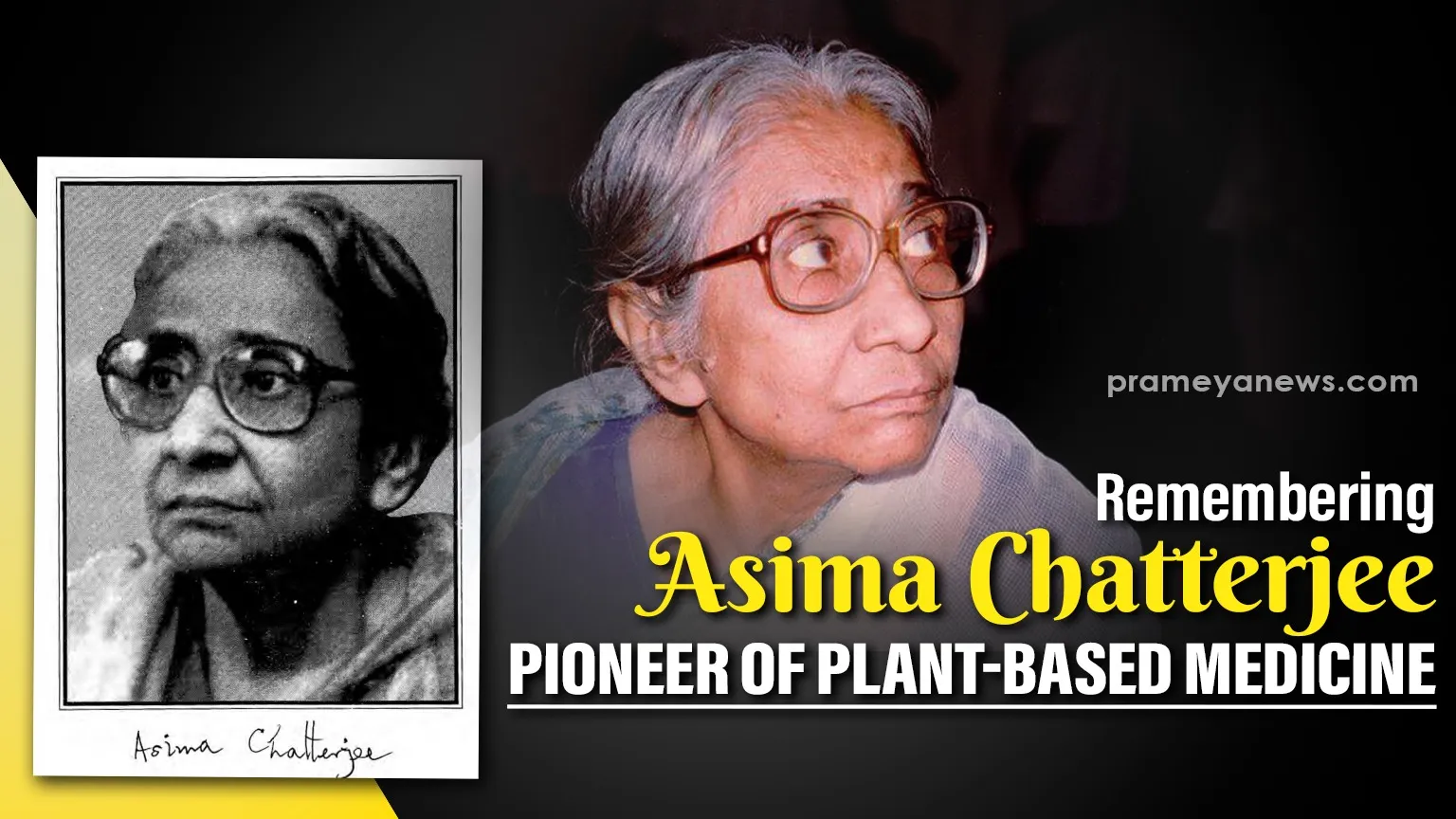

Dr. Asima Chatterjee: The Trailblazer Who Revolutionized Indian Chemistry
In the conservative landscape of early 20th-century India, where higher education for women was rare, Asima Chatterjee emerged as a scientific giant. Driven by a childhood fascination with leaves and roots, she shattered glass ceilings to become India's first woman to earn a Doctor of Science (D.Sc.) in chemistry, fundamentally changing the face of Indian science.
Born in Calcutta in 1917, Asima Mookerjee was encouraged by her father's deep love for botany. This curiosity led her to pursue chemistry—a field overwhelmingly dominated by men—graduating with honours from Scottish Church College and later completing her Master’s. Her brilliance culminated in a D.Sc. from the University of Calcutta in 1944, a truly extraordinary feat for an Indian woman at the time.
Bridging Ancient Wisdom and Modern Science
While many peers focused on inorganic studies, Dr. Chatterjee was drawn to the vast, untapped potential of natural products chemistry found in India’s flora. Her groundbreaking work focused on compounds like alkaloids and terpenoids from medicinal plants, effectively bridging ancient Ayurvedic wisdom with rigorous modern science. This approach was not just scientific; it was cultural, seeking to validate India’s traditional healing knowledge through chemical analysis.
Her most celebrated contributions were in developing indigenous, affordable drugs. At a time when imported medicines were costly, her research offered a local solution. She successfully formulated one of the first anti-epilepsy drug preparations in India, derived from the plant Solanum xanthocarpum. Similarly, her anti-malarial studies using Alstonia scholaris (the devil tree) paved the way for new treatments. Her work was adopted by pharmaceutical companies, marking a pivotal moment for independent India’s fledgling drug industry.
A Legacy of Perseverance
Dr. Chatterjee faced significant obstacles, including underfunded laboratories and pervasive gender bias. Yet, she persevered with quiet determination, balancing demanding research with motherhood. A true pioneer, she joined the University of Calcutta faculty, becoming a formidable mentor. Generations of Indian woman chemists were inspired by her teaching, tracing their scientific journey back to her classrooms.
Her excellence earned her prestigious honours, including the Fellowship of the Indian National Science Academy (INSA) and the Padma Bhushan in 1975, one of the nation’s highest civilian awards.